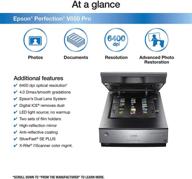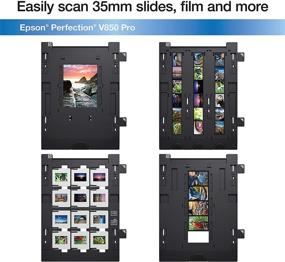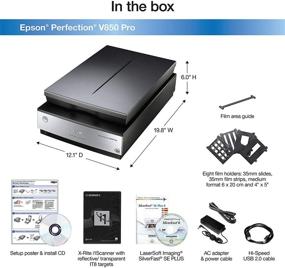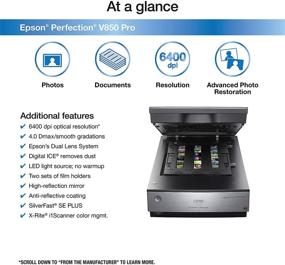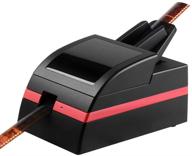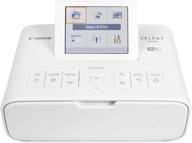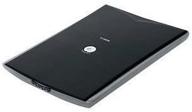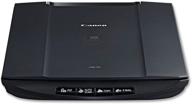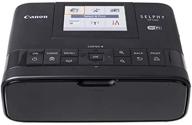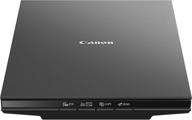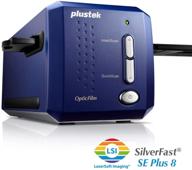The scanning quality of color and black-and-white prints is close to ideal. It is possible to save heavily faded color photographs of the Soviet era. But if you have no other tasks, I think it makes sense to look at more budget solutions. I suspect that, for example, the V600 will provide quite a comparable result.
With the V850, you're paying for the best flatbed for scanning slides and negatives. The optical system uses 2 lenses, one of which is designed exclusively for film. This ensures a relatively high real resolution in the region of 2300 ppi. I confirmed this figure with my own measurements. A simpler V600 will give no more than 1500-1600 ppi. When scanning film, this difference in resolution will be very critical.
In terms of resolution, the V850 is inferior to specialized film scanners (2900-4100 ppi). This will be noticeable if you print scans of the order of A4 and larger, or if you view them on a large 4k screen. Of course, with the proper quality of the negatives. If the shooting was done with a simple budget soap dish with an open aperture, the V850 is able to fully resolve the frame.
However, the V850 compares favorably with film scanners by its backlight feature. Due to this, film defects (scratches, etc.) appear less during scanning. To illustrate, I have attached 3 scans of the same bw negative, made with Plustek 8200i, PacificImage XEs and V850. The difference is striking. Often the best result is obtained when scanning color films using infrared.
And the last advantage is group scanning up to 18 frames at once. You spend some time setting up the process, then the scanner works, and you calmly go about your business. In the case of Plustek, for example, you have to adjust each frame separately and do this every 2-3 minutes.


